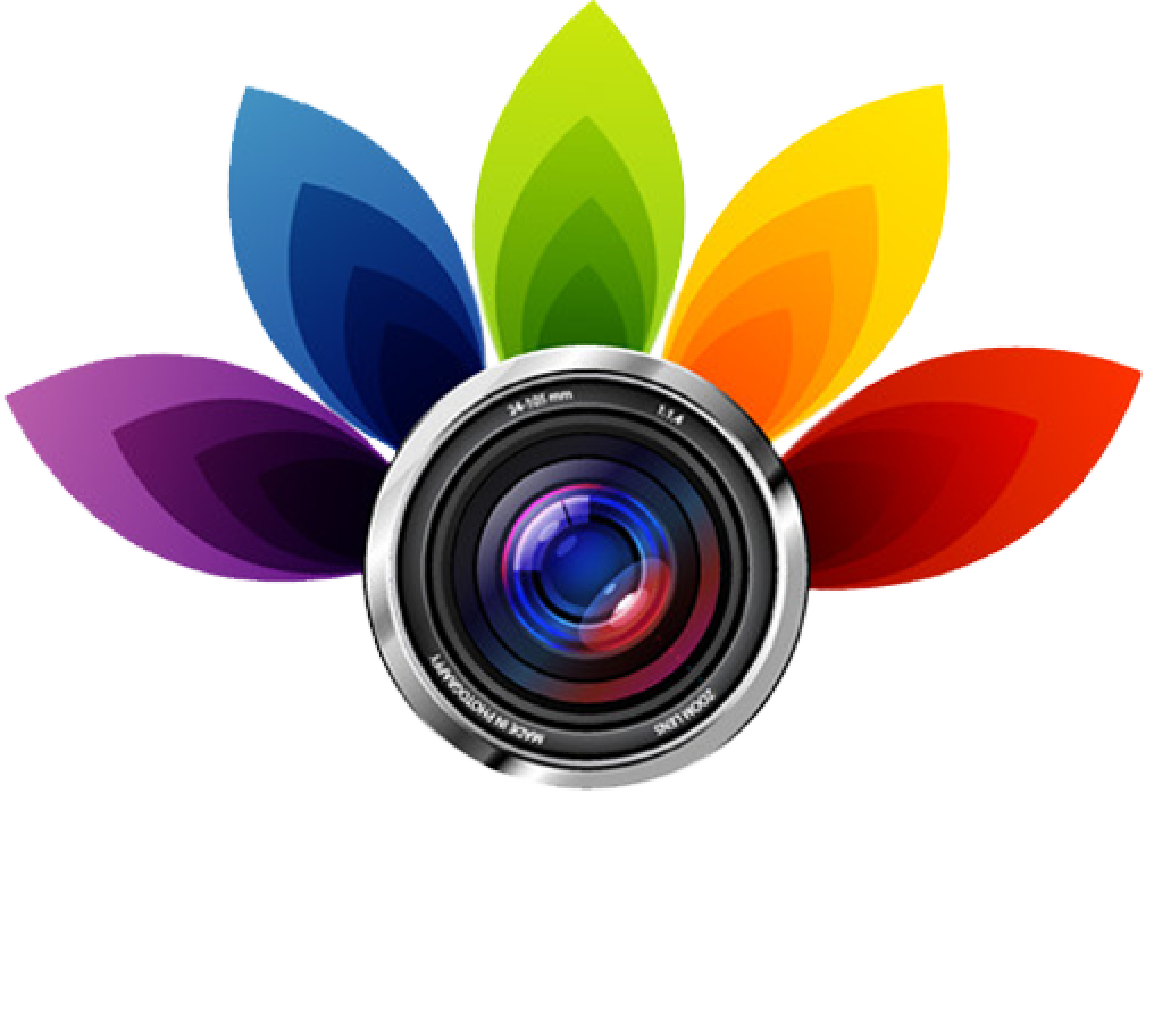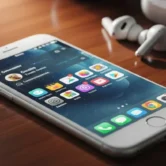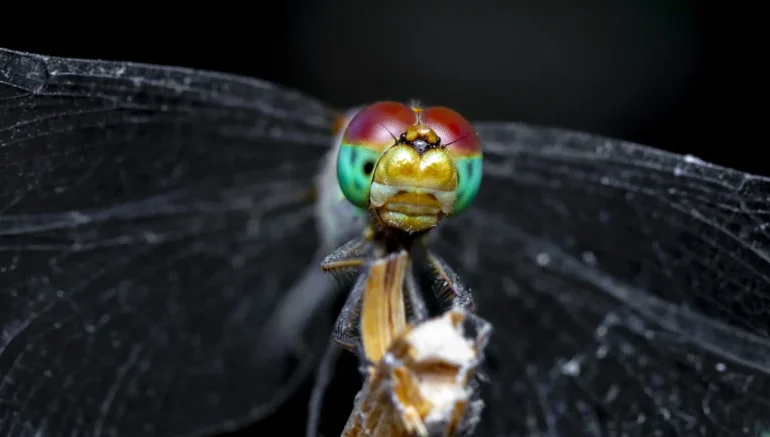
Top 5 Best Cameras for Macro Photography
Macro photography allows you to explore the tiny details of the world that often go unnoticed. From the delicate wings of a butterfly to the intricate patterns of a flower, close-up shots reveal beauty in small subjects. But taking these details isn’t as simple as using any camera. Choosing the best cameras for macro is necessary, they need to focus sharply on tiny subjects and work well with specialized lenses. High megapixels alone won’t guarantee the best results; the ideal camera combines a quality sensor, a reliable focus system, and the flexibility to use different lenses to bring out every detail.
Finding the best camera for macro photography can make a big difference in your shots. The right gear helps you take sharp, clear, and amazing images, even of very small objects. While there are many options out there, not all cameras handle close-up work equally well. Some are better suited for beginners, while others give professionals the control they need. In this guide, we’ll go through the top 5 best cameras for macro photography, highlighting what makes each one great for taking those tiny details with ease.
Important Features of a Macro Camera
When picking a camera for macro photos, there are key features to look for. A good camera quality helps keep details clear when cutting pictures. The camera should have a 1:1 magnification ratio for life-sized images.
A good autofocus system is needed to focus on small things that are moving. Also, the camera should work with a variety of macro lenses for different shooting options.
Image Stability
Image stability is crucial for macro cameras. Because of the high magnification, even small movements can cause blurry photos. A camera with stabilization helps to reduce blurriness caused by shaky hands.
This feature helps take clear photos when you don’t have a tripod or when it’s dark. It works by allowing for clear photos even when using slower shutter speeds.
Sensor Size and Crop Factor
The size of the sensor in a camera is important for macro shots. Full-frame sensors offer a wider view and better performance in low light. Small sensors make objects look bigger, making them great for close-up photos with more detail. Learning sensor size and crop factor can help in choosing the right camera for macro photography.
Best Cameras for Macro Photography
Picking the right camera for close-up photos of small things is really important. A good camera with a high-quality sensor and precise auto focus can improve your photos a lot. You can also change lenses to get different effects. The perfect camera will help you take sharp, detailed pictures and experiment with new close-up photography techniques.
1. Canon EOS 5DS R
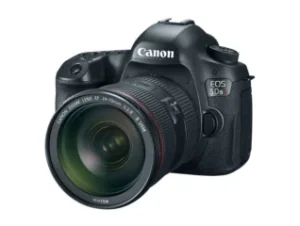 The Canon EOS 5DS R is great for macro photography with its 50.6-megapixel sensor. This sensor is good at taking small details, which is important for macro photography. The camera has a Dual Pixel CMOS autofocus system for focusing quickly and accurately on small subjects.
The Canon EOS 5DS R is great for macro photography with its 50.6-megapixel sensor. This sensor is good at taking small details, which is important for macro photography. The camera has a Dual Pixel CMOS autofocus system for focusing quickly and accurately on small subjects.
It works well with a variety of macro lenses, providing options for macro photographers.
Detailed Photos with Many Pixels – The Canon EOS 5DS R has a 50.6-megapixel sensor for taking small details in close-up photos. Having many pixels allows for cropping images without losing quality, giving photographers flexibility in editing. This level of detail is also great for making large prints where small details can be seen clearly.
Quick Autofocus for Small Subjects – The camera can focus well on small objects, which helps to take close-up photos with blurred backgrounds. It also works well in different lighting and can take clear images of things that are moving.
Many Lens Options for Different Needs – The Canon EOS 5DS R can be used with many macro lenses for various photography purposes. If you need a lens for insects or studio work, there is a lens for you. Having high-quality lenses ensures the camera’s sensor can take the best images possible.
2. Nikon D850
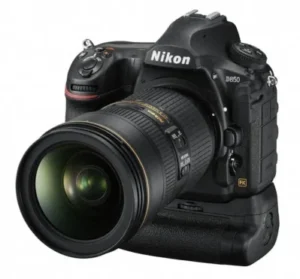 The Nikon D850 is great for macro photography because it has a 45.7-megapixel sensor. It also has a quick and accurate autofocus system that is perfect for macro photos. It works well in different lighting conditions and can use many Nikon macro lenses. That’s why many macro photographers like using the Nikon D850.
The Nikon D850 is great for macro photography because it has a 45.7-megapixel sensor. It also has a quick and accurate autofocus system that is perfect for macro photos. It works well in different lighting conditions and can use many Nikon macro lenses. That’s why many macro photographers like using the Nikon D850.
High-Resolution Sensor for Exceptional Detail – The D850 camera has a high-quality sensor that helps photographers take detailed close-up photos. This high resolution is great for taking textures and patterns, showing even the smallest details in the image.
Precise Autofocus in Macro Situations – Nikon’s autofocus in the D850 is designed to be accurate and fast, which is important in macro photography where mistakes are not allowed. The camera can focus really well on small spots so the important part of the subject is clear in macro photos. This is important for making great macro images.
Wide Selection of Nikon Macro Lenses – Photographers can use Nikon’s macro lenses with the D850 camera to get the best shot. Nikon has different lenses for macro photography. Wide-angle lenses show more of the surroundings, while longer focal length lenses are better for taking photos from far away. This means D850 users can get the right lens for their needs and get great pictures with the camera’s high-resolution sensor.
3. Sony Alpha A7R IV
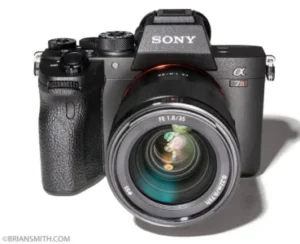 The Sony Alpha A7R IV has a 61-megapixel sensor, making it the highest resolution camera in its class. It has a fast autofocus system that works great for taking close-up photos. The camera is small and light, but still takes high-quality pictures. It can use lots of different macro lenses, so you can switch between them for different types of close-up photography.
The Sony Alpha A7R IV has a 61-megapixel sensor, making it the highest resolution camera in its class. It has a fast autofocus system that works great for taking close-up photos. The camera is small and light, but still takes high-quality pictures. It can use lots of different macro lenses, so you can switch between them for different types of close-up photography.
Unparalleled Resolution for Macro Detail – Sony’s Alpha A7R IV has a 61-megapixel sensor that takes a lot of details. This is great for macro photographers because it takes textures and details very clearly. The high megapixel count also lets you crop photos a lot without losing quality.
Fast Hybrid Autofocus for Precision – The A7R IV camera focuses quickly and accurately using two different methods. This is helpful for taking close-up photos where the focus needs to be exact. The camera’s autofocus settings can be changed to fit the specific needs of macro photography.
Versatile Lens Ecosystem for Macro Work – Sony has many macro lenses for the A7R IV camera. These lenses have different focal lengths and apertures for better photos. You can also use other lenses with adapters on this camera for even more options.
4. Olympus OM-D E-M1 Mark III
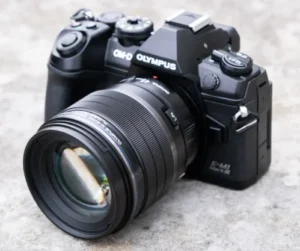 The Olympus OM-D E-M1 Mark III is a small camera that macro photographers prefer because it is portable and works effectively. It has a 20.4-megapixel sensor and a system that keeps your pictures from being blurry. The cameras autofocus is fast, so it’s good for taking pictures of things that are moving in macro photography.
The Olympus OM-D E-M1 Mark III is a small camera that macro photographers prefer because it is portable and works effectively. It has a 20.4-megapixel sensor and a system that keeps your pictures from being blurry. The cameras autofocus is fast, so it’s good for taking pictures of things that are moving in macro photography.
This camera has many macro lenses available for it. It is perfect for photographers who like small cameras that take great pictures.
High-Quality Images with a Micro Four Thirds Sensor – The OM-D E-M1 Mark III has a 20.4-megapixel sensor. It is smaller than a full-frame sensor, but still produces high-quality images. The micro four-thirds system has a 2x crop factor.
This helps with close-up photography by making lenses look twice as close. It lets you take pictures of things without having to get too close to them.
Advanced 5-Axis Image Stabilization – The camera helps macro photographers take clear pictures when holding it with their hands. It stops the camera from moving in five different ways, so photos don’t look blurry. This feature lets photographers use slower shutter speeds and lower ISO settings, so pictures look better and don’t have as much noise.
Compact and Lightweight Design – The OM-D E-M1 Mark III is small and light, great for macro photographers on the go or working in tight spaces. It has all the features and image quality of bigger DSLRs.
5. Fujifilm X-T4
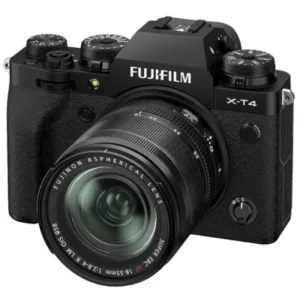 The Fujifilm X-T4 is a popular camera known for its great colors and sharp images. It has a 26.1-megapixel sensor and a 6.5-stop image stabilization system. This helps reduce blurriness in photos. The camera can quickly focus on moving or small subjects, making it good for close-up shots.
The Fujifilm X-T4 is a popular camera known for its great colors and sharp images. It has a 26.1-megapixel sensor and a 6.5-stop image stabilization system. This helps reduce blurriness in photos. The camera can quickly focus on moving or small subjects, making it good for close-up shots.
Fujifilm may not have many macro lenses, but the X-T4 is a great option for macro photographers. It has unique features and takes high-quality photos.
Exceptional Image Quality and Color Accuracy – Its 26.1-megapixel sensor takes very sharp and accurate photos. This is especially good for close-up photos, where getting the right colors and details is important.
Impressive Image Stabilization for Handheld Shooting –The X-T4 has a fantastic stabilization system that provides up to 6.5 stops. This is very helpful for macro photographers who can’t always use a tripod. The IBIS lets you take pictures without a tripod even in low light or with slow shutter speeds, and still get clear images.
Streamlined Design with Advanced Features – The Fujifilm X-T4 has a simple design that is easy to use. It has cool features for both pro photographers and hobbyists. You can easily adjust settings using buttons and customize things.
This is great for shooting small things that move a lot. The camera is strong and can handle bad weather.
How to Choose the Right Camera for You
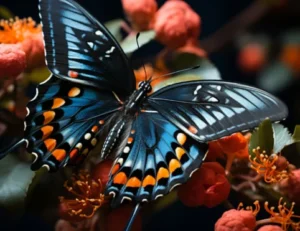 Macro photography requires the right camera and lens. When selecting the best cameras for macro, consider your needs and budget. Some photographers prioritize high image quality, while others value having a wide range of lens options. It’s also important to think about the camera’s size, weight, and how it feels in your hand, especially if you plan to shoot for extended periods.
Macro photography requires the right camera and lens. When selecting the best cameras for macro, consider your needs and budget. Some photographers prioritize high image quality, while others value having a wide range of lens options. It’s also important to think about the camera’s size, weight, and how it feels in your hand, especially if you plan to shoot for extended periods.
1. Assess Your Macro Photography Style
When taking close-up pictures, the camera you use matters. If you take pictures of moving insects, a camera with fast focus and a long lens is best. But if you take pictures of still things, a camera with good picture quality may be more important.
2. Balancing Budget and Performance
Good cameras deliver excellent results, but they can be expensive. When looking for the best cameras for macro, it’s important to consider your budget and focus on the features you really need. Often, a mid-range camera paired with a quality macro lens can take amazing close-up shots without breaking the bank. Investing in high-quality lenses is especially worthwhile, as they make a big difference in the sharpness and detail of your macro photography.
3. Checking at the System and Future Upgrades
When picking a camera, look for one that works with different lenses, accessories, and support items. It’s important to think about upgrading in the future. Choose a camera that lets you add on lenses and accessories from the same brand.
Conclusion
Macro photography opens a whole new world of details that are often missed by the naked eye. The right camera can make a huge difference in how sharp, clear, and detailed your close-up photos turn out. While high megapixels are important, features like autofocus, image stabilization, sensor size, and lens options play an even bigger role in taking small subjects perfectly.
Choosing the best cameras for macro depends on your style, needs, and budget. If you prefer full-frame cameras for maximum detail or smaller, portable options for flexibility, there’s a macro camera that fits your approach. Investing in high-quality lenses and a camera system that allows upgrades ensures your macro photography can grow over time. By learning your requirements and the key features of each camera, you can take amazing close-up photos that truly bring tiny subjects to life.
Read Next: Top 10 Real-Life Examples of AI vs. Manual Photo Editing Results
